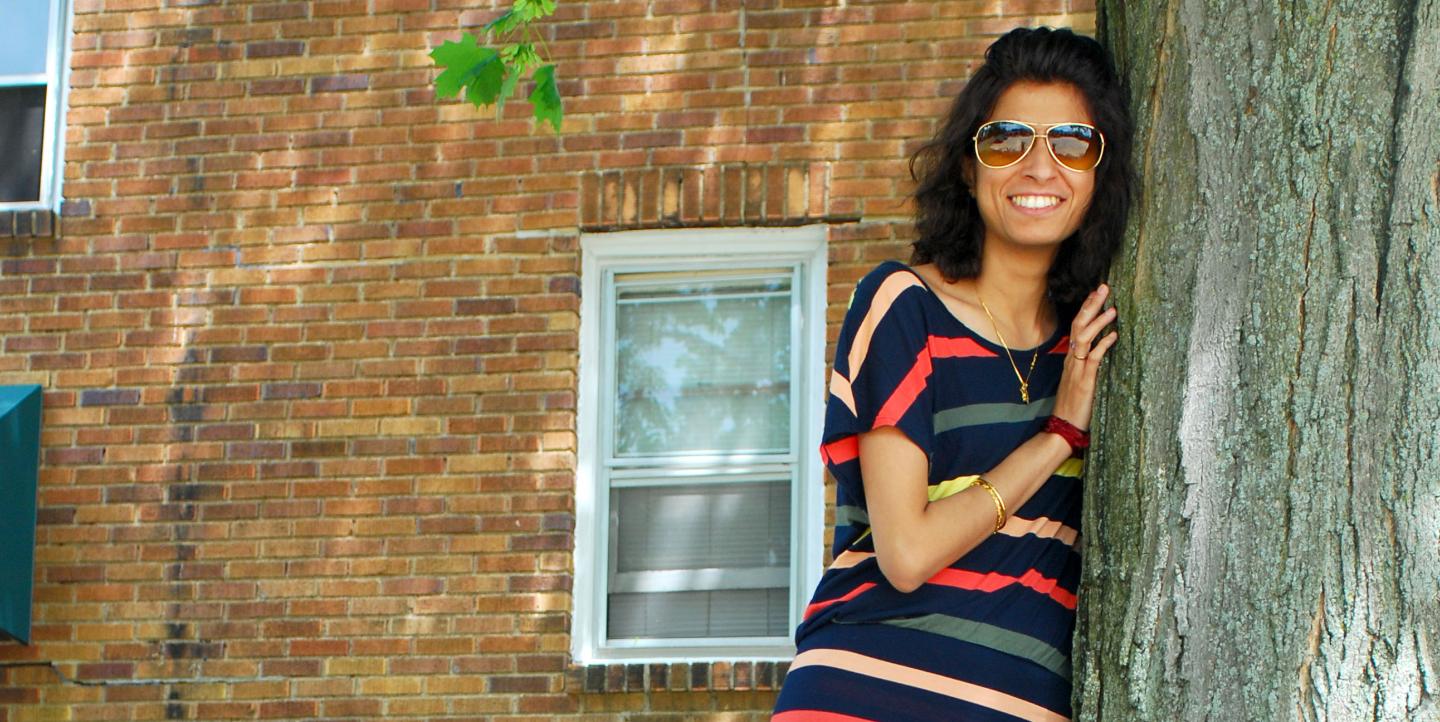For Indian journalist Sonali Kudva, academics and journalism go hand in hand.
Currently a Ph.D. student in mass communications at Kent State University in Ohio, Kudva is researching the connections between Bollywood cinema, Indian culture and the Indian diaspora around the globe.
“I don't consider myself a true academic, but then most journalists in academia are not,” she said. “I find my work and training as a journalist definitely helps me in writing concisely and clearly.”
As a journalist, her work often highlights the struggles of Indians living abroad, particularly in the U.S. When she’s not studying, she works as an assistant editor of Brown Girl Magazine, an online publication produced by and for South Asian women.
“One of the biggest challenges I have found as a journalism professional is the inherent bias against journalists of color in the U.S.,” she said. “I hope to do my best to raise awareness of this issue.”
Kudva spoke with IJNet by email about her experiences reporting in India and working as an academic and a journalist in the U.S.:
IJNet: How do you use IJNet?
Kudva: I keep track of the many opportunities and fellowships available on IJNet on a regular basis. I also use IJNet for information on opportunities to send to my students. I'm encouraged by how many there are, especially for women. But I've come to realize there aren't that many from Asia. This makes me wonder about the grassroots-level reportage from these countries. Does it exist? How can people from these countries get access to funding they need?
Tell us about the most challenging story you've done so far. What steps did you take to make it a success?
I'd say the most challenging assignment I ever did was for the Pulitzer Center for Crisis Reporting in 2009. I look back on my work and wish I could revise it. I was one of the program’s first student fellows [and] had to work under some non-optimal conditions. There were some language issues. Social media reporting was a problem as well, since India didn't have any sort of 3G coverage at the time. Still, I consider the assignment a success. I hope to get the opportunity and the time to do something like that again.
The thing with projects like these is that they often get lost in mass media coverage, but they shouldn't. Stories affecting communities and individuals are important to ensure diversity.
How does the U.S. journalism industry compare to that of India?
Journalists wield a great deal of power in India. There isn't a lot of money (or wasn't) in journalism, but journalists are perceived with more respect than in the U.S. And while it's been a few years since I worked in an Indian media house, my perception remains that the mass media and journalists (at least most of them) consider journalism to be a form of social service. There is an element of social activism in a lot of it.
Another thing I notice is how little interest there is in global coverage in the U.S. There is a lot of focus on local news, but very little on events and analysis of international affairs. This is a pity, in my opinion, because in these globalized times, it is imperative to have this understanding and awareness.
You've written personal essays on the challenges you've faced as an Indian living in the U.S. How does your work with Brown Girl Magazine confront these challenges?
My volunteer work and experience with Brown Girl Magazine is something I greatly cherish. South Asians are underrepresented in the American media and in other public spheres. [South Asians] can also sometimes be greatly divided as a community. Brown Girl Magazine provides South Asian women a safe space in which to discuss relevant issues and express themselves.
Much of my work is behind the scenes, as I serve as assistant editor. However, I'm occasionally inspired enough to write opinion pieces on issues that I feel strongly about. My first piece came in the wake of the release of "India's Daughter," a documentary about a heinous rape case in India.
Finally, my belief is that organizations like Brown Girl Magazine, and others similar to it, are important in shaping public perception and media coverage. Minorities and traditionally underrepresented communities need spaces for expression and in a digital world, they can find these spaces. It's empowering as well.
Main image courtesy of Sonali Kudva.

